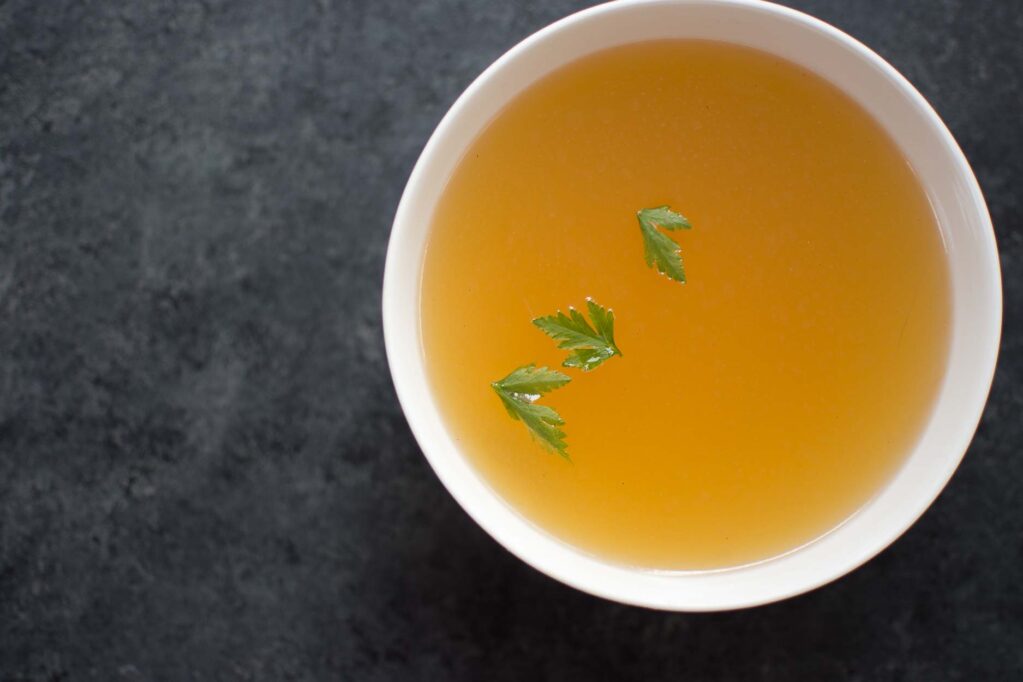
Bone broth is a staple of my family’s diet. As with healthy fats, heirloom vegetables, grass-fed meats and a good old-fashioned cod liver oil, we consume a lot of bone broths – usually aiming for one quart per person per day, at the recommendation of our nutritionist. Broth, you see, is a nutritional powerhouse. It is extraordinarily rich in easy-to-assimilate minerals, amino acids and goodies like glucosamine chondroitin. Its gelatin helps to heal the gut, which is why it plays such an integral role in the GAPS diet, and it provides powerful medicine – particularly in combating colds and flus.
And, you did read that right: we do aim for one quart per adult per day (the little one of the household gets at least a pint). That’s a lot of broth. Let me do the math for you. That’s between two and three quarts per day, averaging to about four and a half gallons of broth each week for our family. Yes, as you might imagine, soups and stews are a big part of our day, more so in the winter than in the summer. When I serve breakfast, I serve it with a mug of broth and another mug of broth sits at my desk as I work.
It’s a beautiful thing, really, and I credit good broth, cod liver oil and of fermented foods with the resilient immunity my family enjoys each flu season.
So how do we make enough broth?
So if you’re wondering just how I manage working at home full time, homeschooling our 6-year old with making four and a half gallons of bone broth each week, I’ll tell you. I slow cook it. I call it perpetual soup. You see, my six-quart slowcooker (kinda like this one) is my cauldron. That is, it is always on – bubbling away and ready to nourish my family with the bounty of the bones that stew away every hours of every day.
Once a week, I place the frame of a roast chicken into the slow cooker, cover it with filtered water (We use a Berkey to filter our water, and you can find them online.), toss in a few bay leaves, black peppercorns and vegetable scraps, turn it on and call it good. As I pull broth from the slow cooker, I filter it through a reusable coffee filter which helps to strain out any floating herbs, chicken skin or pieces of bone and results in a beautiful clear broth. As I remove broth, I add water and continue the process throughout the week – ensuring that by the end of the week every bit of goodness has been pulled from that chicken frame.
And, in case you’re worried about the cost of keeping your slow cooker on twenty-four hours a day, every day of the week, the estimated cost of running your slow cooker is about $0.01 to $0.03 per hour – for a total cost of $1.68 to $5.04 for the week. Undoubtedly worth it. Learn more about energy-wise cooking here.

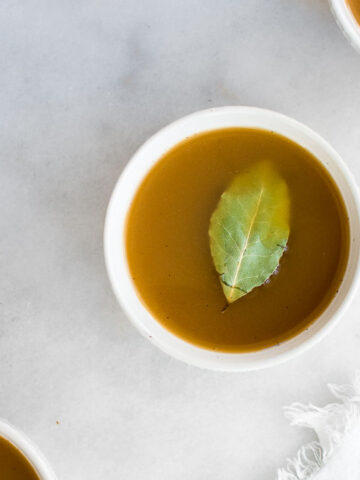
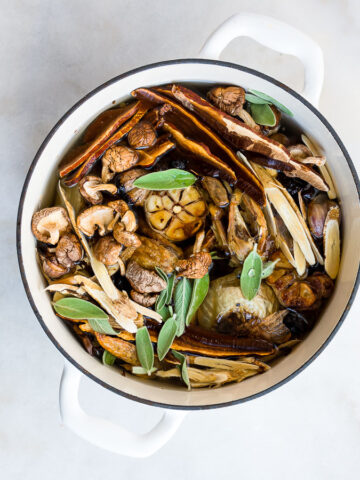
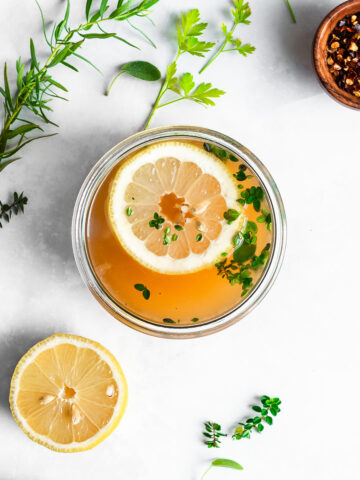
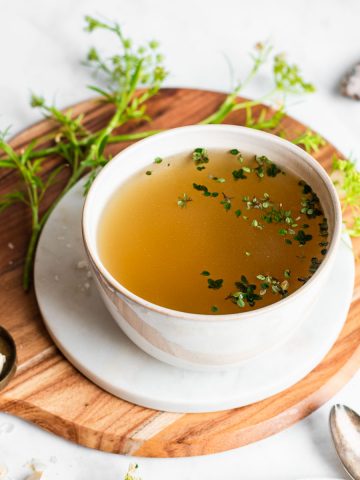
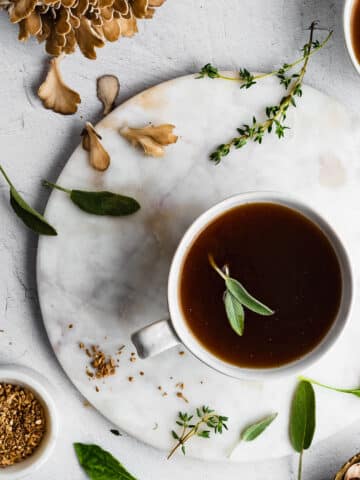
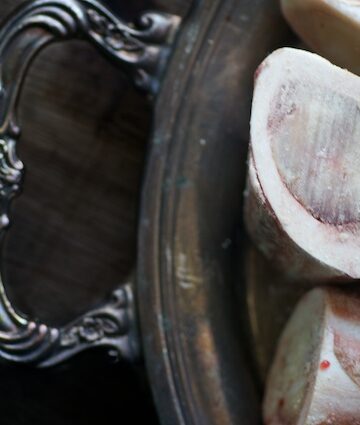
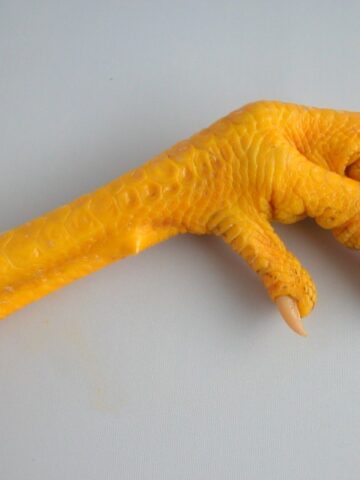
Marcy says
Hi Jenny. I made my first bone broth in October using a Thanksgiving turkey. It turned out so well! Just finishing up my 2nd batch using a chicken frame and feet I bought from the butcher. I noticed your comment about reusing the bones from one chicken throughout the week. Wanted to make sure that it's ok to drain the first batch of broth and then start on the 2nd one using the same bones {ensuring that I use fresh water, spices and veggies.} Is it safe to return the bones immediately to the slow cooker and start from the beginning? How many times would you do this a week? Thanks again!
Sonja says
Hi Jenny, thank you for your patience and insight in using (what I call) slow-cooker perpetually. I really appreciate the information that you provide.
I've tried your bone broth recipe, and it was nice.
I've purchased some chicken carcasses and chicken wings and I'm about to gear up for making a chicken bone broth, however, I think I'll step outside my comfort zone and make your perpetual slow-cooker broth.
Patty Dailey says
Good morning! I've always used your recipes for bone broth and have loved the perpetual broth. It's become a staple in my kitchen. Today I want to make it in my Instant Pot. Can you do the same thing? Draw off the broth after a round and re-add water and go again?
Jenny from Bendigo says
Great recipe thanks, Jenny. Wondering why you strain or filter stock before using?